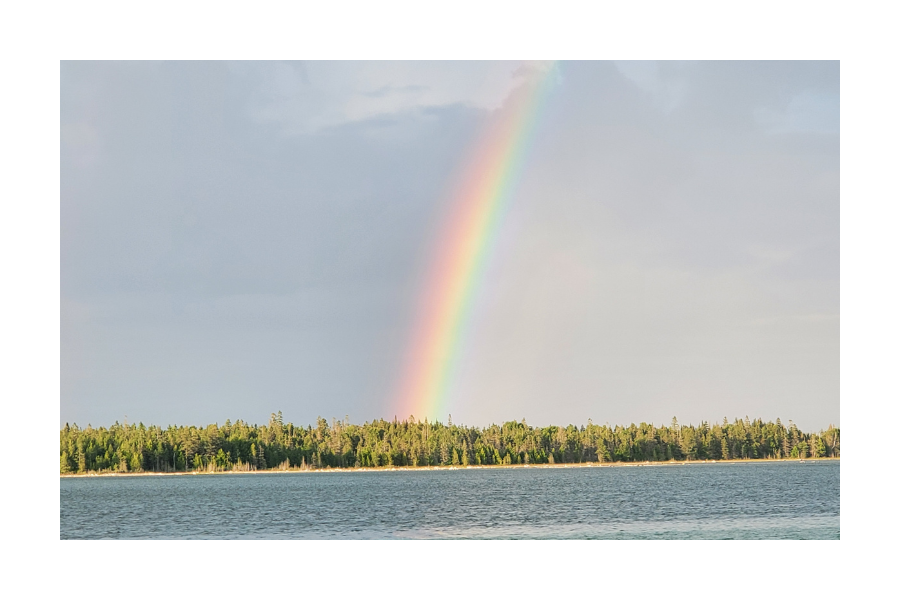September 14 2024.
WASHINGTON – The Bureau of Indian Affairs announced increased payment limits for certain Financial Assistance and Social Services programs which directly support American Indian and Alaska Native families and individuals. The last time there was an increase to these payment amounts was in 2000.
“These increases will have immediate impact on our Native relatives and families,” said Assistant Secretary for Indian Affairs Bryan Newland. “The federal government has a legal and moral responsibility to ensure Native people have the right to live safe, healthy and fulfilling lives together as Tribal people in their Tribal homeland. These programs are a small part of that responsibility, providing essential resources to those most in need of our support and compassion.”
The programs with new, higher payment limits are:
- Burial Assistance: This program provides funds to assist with the burial expenses of deceased indigent Indians whose estates do not have sufficient resources to meet funeral expenses. The program can now pay up to $3,500 per burial, an increase from $2,500.
- Grieving families have been faced with rising costs of funerals, adding to the emotional toll in the grieving process. The updated payment amount will better support culturally dignified funeral and burial services.
- Increasing access to funding for funeral expenses was recommended by the Not Invisible Act Commission as part of broader efforts to combat and address the impacts of the Missing and Murdered Indigenous Peoples crisis.
- Emergency Assistance: This assistance is provided directly to individuals whose homes were damaged or destroyed by fire, flood or other calamities. It is used for the essential needs of food, shelter and utilities when other resources are not available. The program can now pay up to $1,500 per household, an increase from $1,000.
- Native communities are often the most vulnerable to climate impacts and extreme weather events. This funding will help families with basic necessities as they recover from these incidents.
- Child assistance for adoptions/guardianships: This subsidy provides assistance to a child in need of adoption or guardianship. The program may now pay up to the maximum basic foster care rate for the age group of the child in the state where the child resides. Previously, payments were limited to 75% of basic foster care rate in the state where the child resides.
- This increased subsidy will reduce barriers to permanent homes for Native children. Permanency for youth is fundamental to a secure foundation that is safe, stable and secure by a loving family system to support them through childhood and beyond.
Editors Note to those that are not enrolled in a Federally Recognized Tribe. This benefit and others provided to Tribal Members of Federally Recognized Tribes are a result of treaties negotiated with the U.S. Government by our Grandfathers and Grandmothers when agreeing to give up the majority of the land-mass in what is now called North America. The 574 Federally Recognized Tribes work daily to protect our rights.
Currently there are hundreds of State Recognized Tribes fighting for their rights to be recognized by the United States Government. As a result of not being recognized their members are being denied their rights. In our view the Federal Government is Slow Walking Federal Recognition because those in control of the budgets do not want to pay the costs of this and other benefits provided to tribal members negotiated in the above mentioned treaties.
Once again as a reminder - The ability to purchase real estate in the U.S. along with the U.S. and Canadian Government's claims of land mass ownership is a result of those treaties.
It is what it is..... We may have better benefits than some others. We will not apologize because you are not receiving the above-mentioned benefits, our health care benefits, or any other benefits provided to us as tribal members. It is not "welfare" it is your family paying our family what your family agreed to pay because of the value they put on land ownership and what our family put on the next seven generations.





